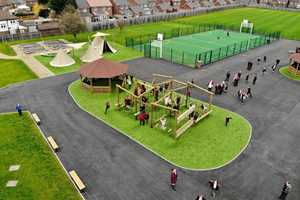
Outdoor Learning and Play
How to encourage learning through play 'free play' in your early years playground and classroom
What is Free Play?
Free Play is an essential and complex experience through which children learn and develop so many different skills, whether physical, social, cognitive or creative. It is the means by which they acquire and increase their knowledge and understanding of the world around them.
Here we look at how teachers can facilitate good quality ‘free play’ in the school environment, and how they can support and encourage their pupils during free play.
Although ‘free play’ is by its very definition child-led, adults have a crucial role to play in facilitating a child’s experience of ‘free play’, and providing suitable environments, resources and playground equipment for ‘free play’ to be enjoyed.
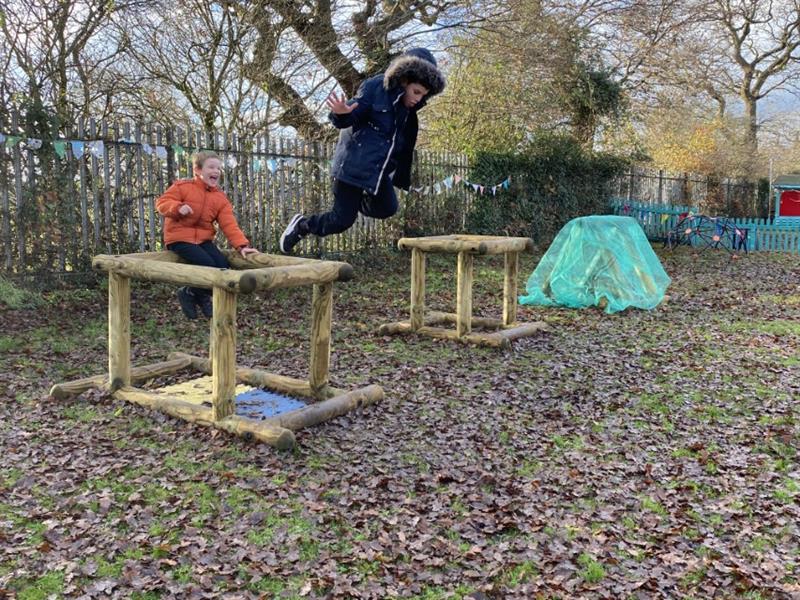
While children are participating in free play, a teacher’s role is just as complex, as they need to be able to respond in different ways appropriate to each play situation, whether actively or by taking a step back.
They have to be responsive to a variety of individual needs, particularly where there are children with special educational needs in the class.

Free Play in School Playgrounds
First and foremost, the environments in which children take part in ‘free play’ are important and they need to be well thought out. As with many things, the environment is central to setting the scene and will influence the way in which play develops and is allowed to flourish.
This applies to both indoor and outdoor environments and it is essential to have a good mix of the two, with as many opportunities as possible for outdoor ‘free play’.
The outdoor environment can support all areas of a child’s development. It provides children with all sorts of wonderful opportunities to explore nature and to work on all of their motor skills.
The best kind of ‘free play’ happens when the outdoor environment becomes an extension of the indoor environment, and any resources that are offered indoors can comfortably be taken outdoors.
Outdoor Classrooms and covered play areas mean that ‘free play’ can be enjoyed in the fresh air even on the rainiest of days.
When it comes to designing great ‘free play’ environments, school playgrounds are a perfect blank canvas as they offer space and atmosphere that may not be available inside.
A school playground can be zoned to facilitate all the diverse interests that different children have, and to offer flow and diversion from one area to another, depending on the activity of the moment.
Creating playground zones that encourage free play:
- Active Play, with playground equipment for climbing, balancing, sliding, and kinetic equipment.
- Imaginative and Creative Play, or sensory play, such as Mud Kitchens, Sand and Water Play, or Activity and Mark Making Panels.
- Natural environment, such as Planters, Dig Pits or Wildlife Areas.
- A Playhouse or an area dedicated to Den-Making, allows children to shape their own environment within the play environment, and engage in all kinds of role play activities and social interaction.
Product Spotlight
The good thing about dividing a playground into different zones, is that it means that more physical play, or play that might result in more noise, does not have to intrude into the quieter areas where more social play is taking place.
Similarly, messy play areas can be placed slightly further away from more active play areas where children are likely to be running, to avoid slips and accidents.
Children can still have the flexibility to move around as they choose and play with different types of play equipment, and teachers don’t have to intervene in their flow and interrupt ‘free play’ for safety reasons.
Why not take a look at our range of sensory playground equipment here?

Free Play Ideas and Activities
It is important to make a wide range of materials available, and to alternate them to avoid ‘free play’ becoming stagnated. Provide materials and resources with varied colour, shape, texture, size and weight.
Materials that are both new and familiar, and that are open-ended, to present challenge. Resources and school playground equipment that is adaptable and versatile, encourage a child to use their imagination and inspire creativity during play.
At particular times of the year, offer materials for ‘free play’ that are relevant to holidays, festivals and other celebration days of different cultures and faiths, to support diversity and inclusion.
Include materials that are flexible for children who may have special educational needs or disabilities, for example, materials that can be manipulated or held by both hands or feet, materials made of different and engaging textures, or bold and bright colours.
Use natural materials as much as possible to provide a wider sensory experience. Provide plenty of small figurines so that children have an outlet for expressing their stories, thoughts, experiences and feelings.
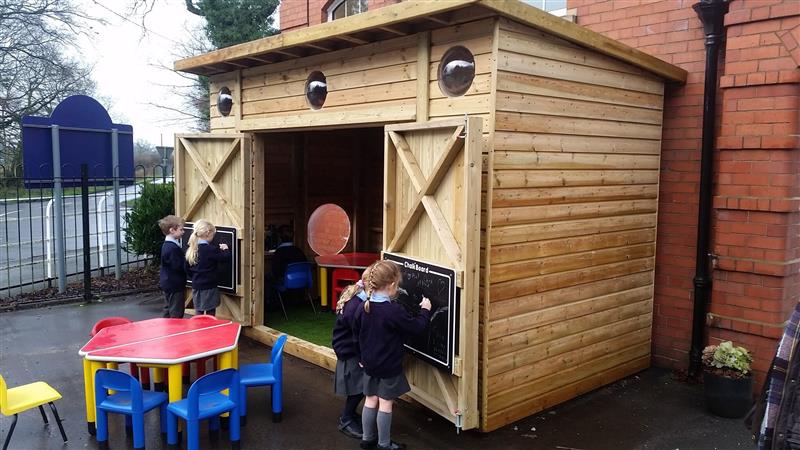
Keeping routines flexible to accommodate ‘free play’ throughout the day can make a big difference to the benefits that children gain. They need time to repeat, practice and reinforce what they have discovered or learned through playing, to develop solid foundations of understanding upon which they can build even more.
It is important for children to have some element of control over how and when ‘free play’ is initiated and terminated, as they learn to become independent adults with a sound ability to look after themselves and others, become responsible and engage in society.
For this reason, it is important for teachers to plan out how materials and resources for ‘free play’ are stored, so that they are readily accessible to children. The way in which toys are stored and presented to children really can help or hinder their ability to initiate Free Play.
Locked cupboards, high shelves and overcrowded boxes packed on top of each other, do not work for little legs! Opt for low level, open fronted storage where possible.
Outdoor lockable storage with doors that lock back and can remain open throughout the day are both safe and secure, but allow children free access to play equipment whilst they are in school. Crates on wheels, and well labelled boxes using both letters and symbols, are best.

Ongoing Observation - A Key Tool for Teachers
Observation is a fundamental teaching skill, and it applies as much to Free Play as to more structured lessons. Through observation, teachers gain an insight into a child’s interests, what they enjoy playing with and how long they maintain an activity for.
Teachers can also get a feel for patterns of play, and the groups of friends or play partners that children form.
Taking time to observe children at ‘free play’ is the best way of spotting children who may be struggling to settle into school and make friends, and those who might be at risk of being excluded.
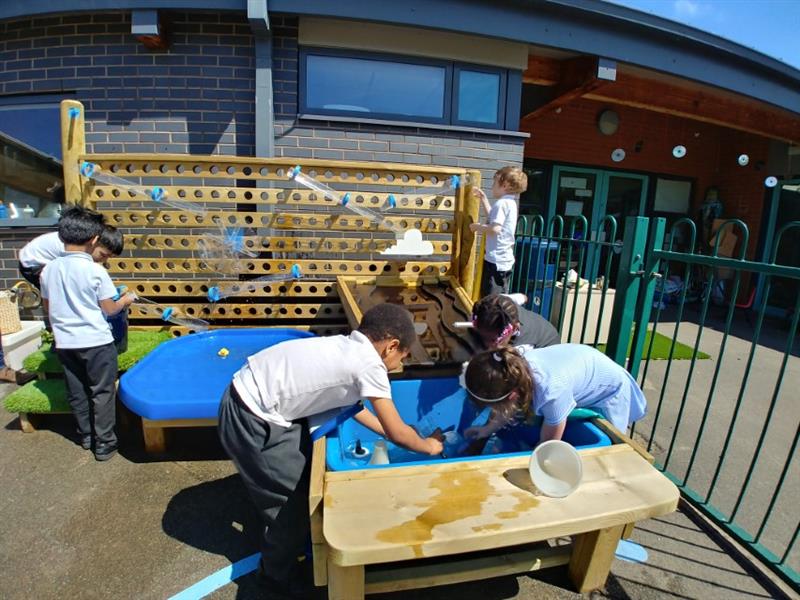
It can sometimes be difficult in a busy class of 30 children, to notice and be aware of those who may be struggling to interact and develop relationships.
That is exactly why time for quiet observation should be allowed in a teacher’s role, so that these children can be identified and supported in approaching other children or selecting appropriate resources to engage with.
When a teacher has had opportunities to observe and become familiar with a child’s interests during ‘free play’, they are much better equipped to initiate learning activities that will really appeal to and engage a child.
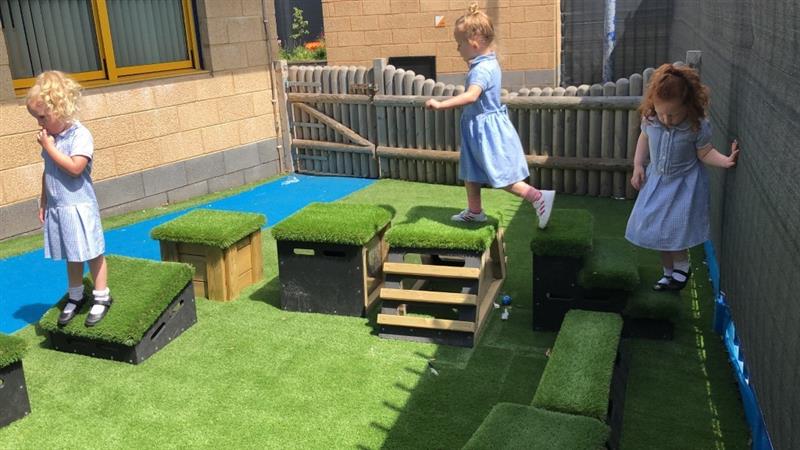
Teachers can use insights they have gleamed during ‘free play’ time to tailor more structured learning time and make it relevant and meaningful to the child.
Whether using favourite toys as props to explain something, taking a maths lesson to the Sand Table or reading time into a den, by responding to observations during Free Play a teacher can really connect with their class.
After observing children at ‘free play’, it is really important to discuss with children what they have been doing, let them talk about it and offer their thoughts and ideas. Placing value on their views and opinions empowers children and helps them to develop confidence in what they are doing and belief in themselves.
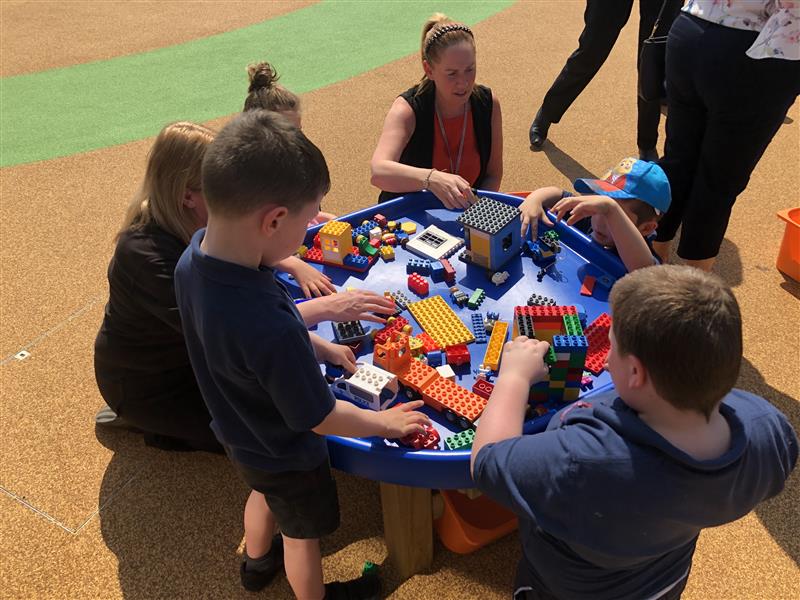
It is also a brilliant way of letting them guide the choice of resources on offer for ‘free play’, which in turn will support and encourage them to extend their level play.
Sometimes adults can draw conclusions from their observations of children at but they may have missed something.
Particularly where there are areas of concern regarding a child’s actions or their level of development in a given area, any conclusions reached by a teacher should be validated by the child, or their parent or carer if appropriate, before being acted upon.
Step In or Step Back? Engage and Interact with Children during 'free play'
Some studies in Early Years classrooms have shown that whilst teachers prepare and plan to be involved in adult-led activities with groups of children, it is more often the case that children initiating their own play activities during ‘free play’ are more likely to be left unsupported.
The rationale behind this, is that they should be allowed to get on with it themselves and take play in the direction that they want it to go. Whilst this is true, there is a fine balance to be struck.
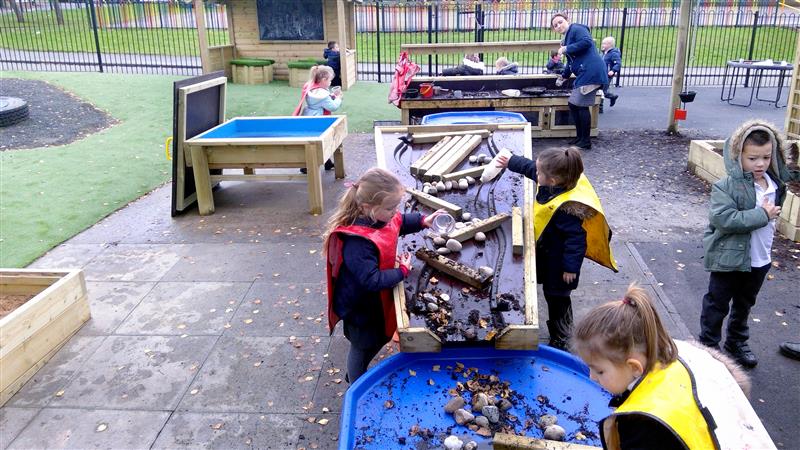
If teachers don’t engage and interact with children during ‘free play’, then children can receive the message that ‘free play’ activities are less important, and that what adults do is more important than what children choose to do.
Of course this is not the case, so it is important that teachers reinforce this by joining in when it is appropriate. This may only be by circulating around children at ‘free play’ and dipping in and out of children’s conversations, to acknowledge or add weight or meaning to what they are doing.
In other situations, a teacher should wherever possible, be available to join children when they are invited to join ‘free play’, for example, in role-play when asked to take the role of a customer in a shop, or a passenger on a bus.
Timing of interactions is key so that teachers can support and extend ‘free play’ without intruding upon, redirecting or even unintentionally ending it. It’s a fine art! The skill is knowing when and how to join in the action and when to step back for a moment, and it very much depends on the circumstances at the time.
Step in too early and a child loses an opportunity to learn from their own mistakes, to try and trust a relationship or resolve a conflict by themselves, or to solve a problem independently and creatively. Leave it too long and children can become disengaged and frustrated.
A teacher’s role during ‘free play’ is really to support and extend learning. This can be done by asking open-ended questions.
After conversing, a teacher can refer children to one another so that not only do they learn how to find solutions to problems together, but they also learn social interaction, how to communicate and build relationships and to develop their language.
The teacher is something of a scaffold, encouraging and enabling children to develop and learn and move on to new things, but allowing them to discover for themselves. At the same time, a teacher does have an active role to play in challenging any inappropriate behaviour that may arise in a fair and sensitive way.
A teacher can also support and extend learning during ‘free play’ by acting as an “emotional anchor”. They do not have to actively participate, but they are there as a quiet and reassuring adult presence making a child feel secure and encouraging them to engage and explore and make their own choices.
Teachers can do this by playing alongside children when they are enjoying whatever activity they have chosen to do, whether painting, building with blocks, or making mud pies, with the intention that the children might draw the teacher into the conversation as and when they are needed.
This gives a clear message to children that they are in control of the action, but that support from their teacher is available to them if they need it.
For further information on how you can improve your school grounds to support 'free play', simply fill out our Contact Form and we will be in touch and provide a free consultation.


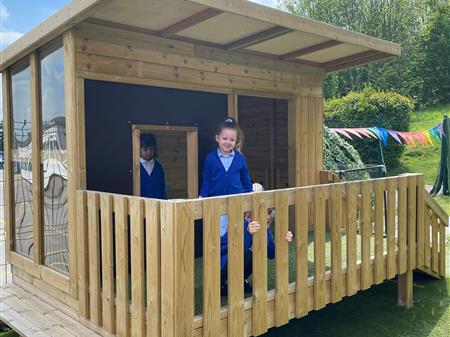
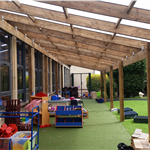
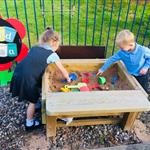
.png)
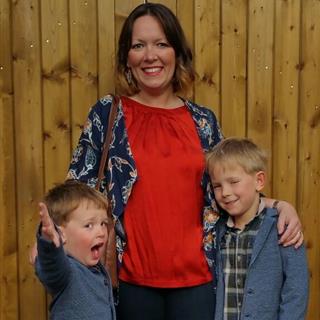
.jpg)
.jpg)